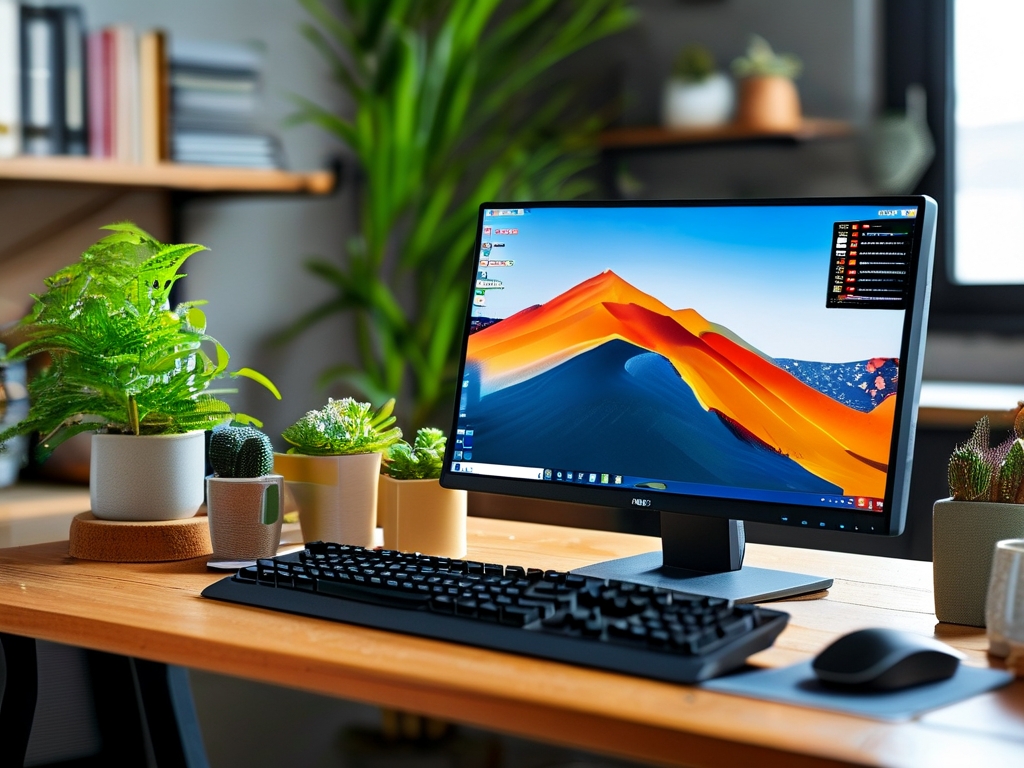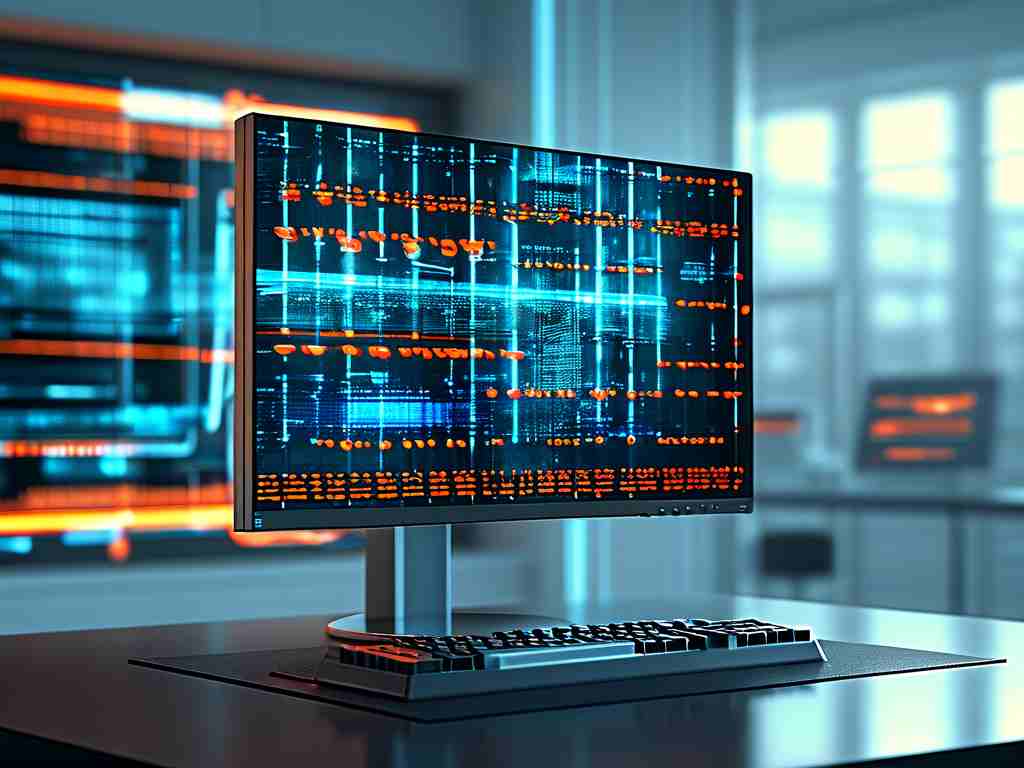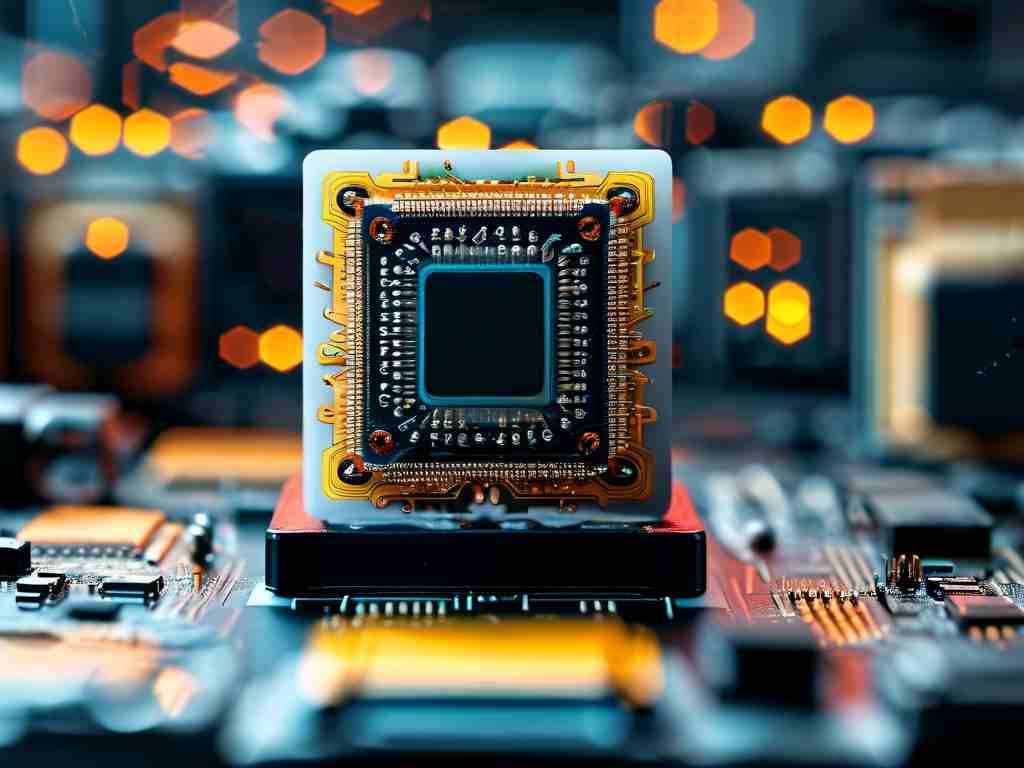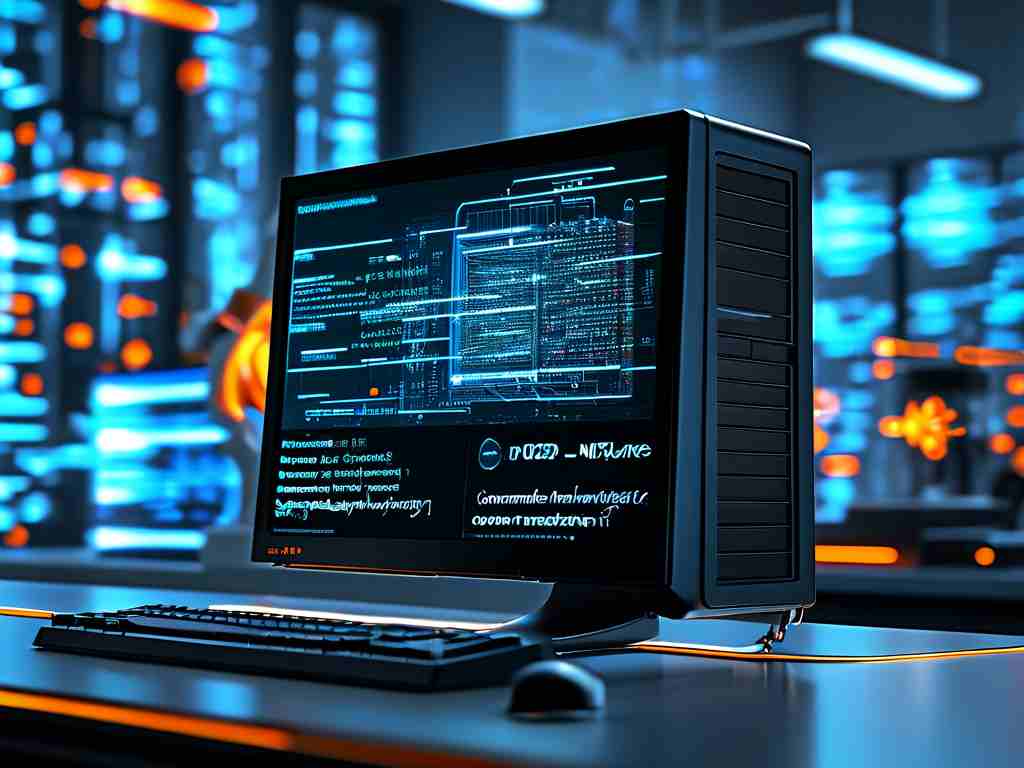In today's digital age, computers are essential tools for work, entertainment, and communication. However, as software becomes more advanced and multitasking demands grow, managing computer memory (RAM) effectively is critical to maintaining system performance. Poor memory management can lead to sluggish responsiveness, frequent crashes, and reduced productivity. This article explores practical strategies to optimize computer memory usage, ensuring your device runs smoothly and efficiently.

Understanding Computer Memory
Computer memory, or Random Access Memory (RAM), is a temporary storage space that allows your system to access data quickly while running applications. Unlike permanent storage (e.g., hard drives or SSDs), RAM is volatile, meaning it clears when the computer is turned off. When RAM becomes overloaded, the system relies on slower virtual memory (disk space), causing performance bottlenecks. Effective memory management ensures that active processes receive priority, minimizing delays and maximizing efficiency.
1. Monitor Memory Usage
The first step to managing memory is understanding how it's being used. Both Windows and macOS provide built-in tools to monitor RAM consumption:
- Windows Task Manager: Press
Ctrl + Shift + Escto open Task Manager. The "Performance" tab displays real-time memory usage, including the percentage of RAM in use and which applications are consuming the most resources. - macOS Activity Monitor: Navigate to
Applications > Utilities > Activity Monitor. The "Memory" tab shows memory pressure, physical memory usage, and app-specific data.
Regularly checking these tools helps identify memory-hungry applications or background processes that may be unnecessary.
2. Close Unnecessary Applications and Background Processes
Many programs run silently in the background, consuming RAM even when not actively used. Examples include updaters, cloud storage services, and browser extensions. To free up memory:
- Manually close unused apps: Exit programs you're no longer using.
- Disable startup programs: Prevent non-essential apps from launching at boot. In Windows, use Task Manager's "Startup" tab; on macOS, adjust settings in
System Preferences > Users & Groups > Login Items. - Manage browser tabs: Web browsers, especially Chrome, are notorious for high RAM usage. Use extensions like OneTab to suspend inactive tabs.
3. Upgrade Your RAM
If your system consistently struggles with memory-intensive tasks (e.g., video editing, gaming, or running virtual machines), upgrading RAM may be the most effective solution. Check your device's specifications to determine the maximum supported RAM and compatible memory modules. For laptops, ensure the hardware allows user-upgradeable RAM-some modern models solder memory directly to the motherboard.
4. Optimize Virtual Memory Settings
Virtual memory uses disk space to supplement physical RAM. While slower, it prevents crashes when RAM is exhausted. To optimize virtual memory:
- Windows: Go to
Control Panel > System > Advanced system settings > Performance Settings > Advanced > Virtual Memory. Ensure the system-managed size is enabled or manually allocate space (1.5 times your physical RAM is a common recommendation). - macOS: Virtual memory is managed automatically, but freeing up disk space can improve its efficiency.
5. Use Memory Optimization Tools
Third-party tools can automate memory management:
- Wise Memory Optimizer (Windows): Frees up RAM by clearing inactive processes.
- CleanMyMac X (macOS): Includes a memory cleanup module.
- Built-in utilities: Windows' "Memory Diagnostic Tool" and macOS's "Purge Memory" command (activated via Terminal) can help troubleshoot issues.
Avoid "memory booster" apps that promise unrealistic performance gains-many are ineffective or contain malware.
6. Adjust System for Performance
Tweak operating system settings to prioritize performance over visuals:
- Windows: Navigate to
Control Panel > System > Advanced system settings > Performance Settingsand select "Adjust for best performance" to disable animations. - macOS: Reduce transparency and motion effects in
System Preferences > Accessibility > Display.
7. Check for Memory Leaks
Memory leaks occur when applications fail to release RAM after use, gradually consuming available resources. Signs include rising memory usage despite closing apps. Restarting the affected program or your computer often resolves this. If a specific app consistently causes leaks, check for updates or switch to an alternative.
8. Maintain Your System
Regular maintenance prevents memory-related issues:
- Update software: Developers often release patches to optimize resource usage.
- Scan for malware: Malicious software can hijack memory. Use reputable antivirus tools.
- Clean temporary files: Tools like Disk Cleanup (Windows) or Onyx (macOS) remove junk data that may indirectly affect performance.
Effective memory management balances hardware capabilities, software efficiency, and user habits. By monitoring usage, closing unnecessary processes, upgrading hardware when needed, and leveraging optimization tools, you can ensure your computer operates at peak performance. Prioritizing these practices not only extends the lifespan of your device but also enhances productivity and user experience. Whether you're a casual user or a power user, taking control of your computer's memory is a critical step in mastering modern computing.









